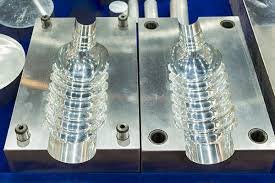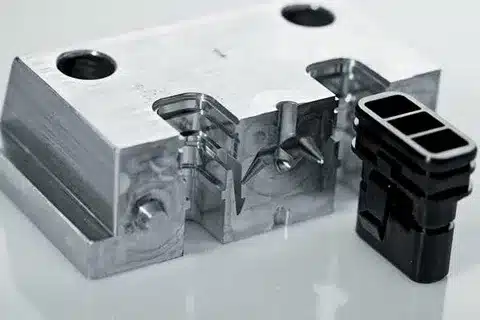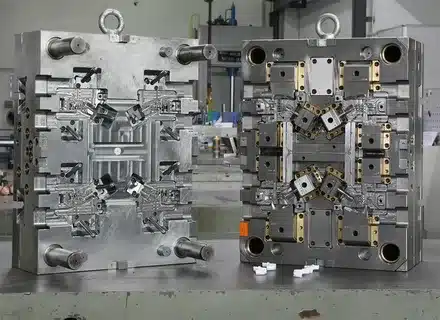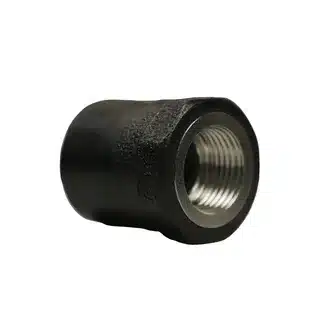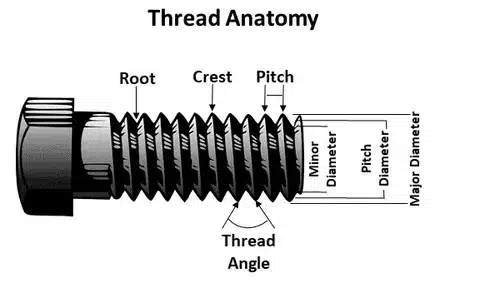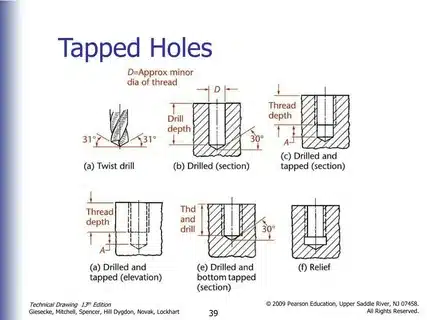The Complete Guide to Plastic Molding Cost: Understanding Pricing, Factors, and Cost-Saving Strategies in 2025
Plastic molding cost analysis requires comprehensive understanding of multiple interconnected factors that influence project economics. From initial tooling investments to ongoing production costs, successful cost management demands careful consideration of design requirements, volume projections, quality standards, and market dynamics. The key to optimizing injection molding costs lies in balancing upfront investments with long-term production economics while maintaining quality and delivery requirements.
Strategic approaches to cost optimization include design for manufacturability, appropriate tooling investments, material selection optimization, and process efficiency improvements. Understanding volume economics, automation benefits, and supply chain considerations enables informed decisions that maximize value while controlling costs. Successful injection molding projects require careful planning, strategic supplier relationships, and ongoing cost management throughout the product lifecycle.

